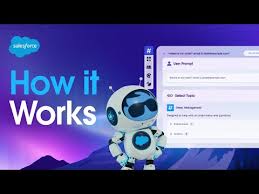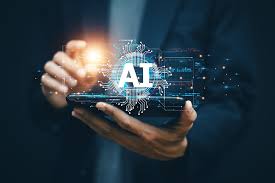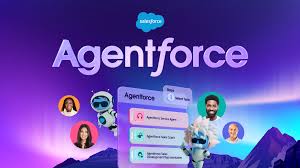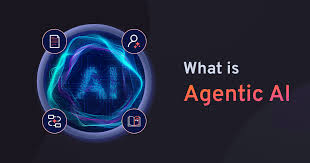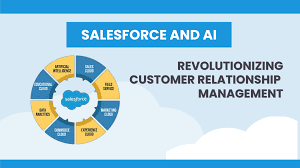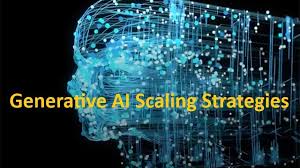The State of AI: How We Got Here (and What’s Next) Artificial intelligence (AI) has evolved from the realm of science fiction into a transformative force reshaping industries and lives around the world. But how did AI develop into the technology we know today, and where is it headed next? At Dreamforce, two of Salesforce’s leading minds in AI—Chief Scientist Silvio Savarese and Chief Futurist Peter Schwartz—offered insights into AI’s past, present, and future. How We Got Here: The Evolution of AI AI’s roots trace back decades, and its journey has been defined by cycles of innovation and setbacks. Peter Schwartz, Salesforce’s Chief Futurist, shared a firsthand perspective on these developments. Having been involved in AI since the 1970s, Schwartz witnessed the first “AI winter,” a period of reduced funding and interest due to the immense challenges of understanding and replicating the human brain. In the 1990s and early 2000s, AI shifted from attempting to mimic human cognition to adopting data-driven models. This new direction opened up possibilities beyond the constraints of brain-inspired approaches. By the 2010s, neural networks re-emerged, revolutionizing AI by enabling systems to process raw data without extensive pre-processing. Savarese, who began his AI research during one of these challenging periods, emphasized the breakthroughs in neural networks and their successor, transformers. These advancements culminated in large language models (LLMs), which can now process massive datasets, generate natural language, and perform tasks ranging from creating content to developing action plans. Today, AI has progressed to a new frontier: large action models. These systems go beyond generating text, enabling AI to take actions, adapt through feedback, and refine performance autonomously. Where We Are Now: The Present State of AI The pace of AI innovation is staggering. Just a year ago, discussions centered on copilots—AI systems designed to assist humans. Now, the conversation has shifted to autonomous AI agents capable of performing complex tasks with minimal human oversight. Peter Schwartz highlighted the current uncertainties surrounding AI, particularly in regulated industries like banking and healthcare. Leaders are grappling with questions about deployment speed, regulatory hurdles, and the broader societal implications of AI. While many startups in the AI space will fail, some will emerge as the giants of the next generation. Salesforce’s own advancements, such as the Atlas Reasoning Engine, underscore the rapid progress. These technologies are shaping products like Agentforce, an AI-powered suite designed to revolutionize customer interactions and operational efficiency. What’s Next: The Future of AI According to Savarese, the future lies in autonomous AI systems, which include two categories: The Road Ahead As AI continues to evolve, it’s clear that its potential is boundless. However, the path forward will require careful navigation of ethical, regulatory, and practical challenges. The key to success lies in innovation, collaboration, and a commitment to creating systems that enhance human capabilities. For Salesforce, the journey has only just begun. With groundbreaking technologies and visionary leadership, the company is not just predicting the future of AI—it’s creating it. The State of AI. Like Related Posts Salesforce OEM AppExchange Expanding its reach beyond CRM, Salesforce.com has launched a new service called AppExchange OEM Edition, aimed at non-CRM service providers. Read more The Salesforce Story In Marc Benioff’s own words How did salesforce.com grow from a start up in a rented apartment into the world’s Read more Salesforce Jigsaw Salesforce.com, a prominent figure in cloud computing, has finalized a deal to acquire Jigsaw, a wiki-style business contact database, for Read more Service Cloud with AI-Driven Intelligence Salesforce Enhances Service Cloud with AI-Driven Intelligence Engine Data science and analytics are rapidly becoming standard features in enterprise applications, Read more


